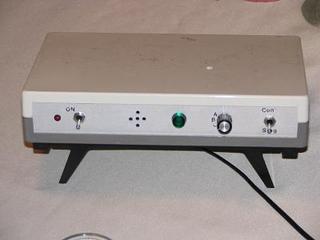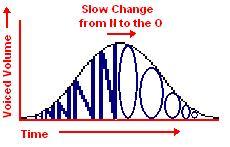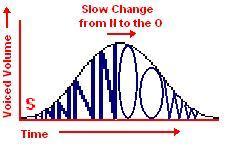PFSP-Day 11-Telephone Transfer
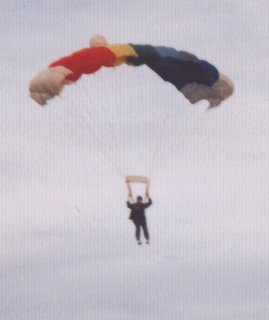 In the spring of 1998, a friend asked me to go skydiving with him. The topic of had come up previously, with me telling him how much I wanted to go. But when he asked for a firm commitment, to go in 2 weeks, I quickly realized that although I had once “really wanted to go”, I had since become a bit more reserved and didn’t currently want to do it. I turned him down, but when he went, I felt like I let myself down.
In the spring of 1998, a friend asked me to go skydiving with him. The topic of had come up previously, with me telling him how much I wanted to go. But when he asked for a firm commitment, to go in 2 weeks, I quickly realized that although I had once “really wanted to go”, I had since become a bit more reserved and didn’t currently want to do it. I turned him down, but when he went, I felt like I let myself down.So the next time he went, I was with him. Before my jump, I had a 6-8 hours of instruction, then I geared up and climbed into the airplane. Once inside, I realized there was no turning back, and the tension mounted as the propeller started, the plane started down the runway, we lifted off, we gained altitude, and then the door swung open with a rush of wind raising the decibel level. My stomach was a knot by now, but all that was nothing compared to climbing out … there is nothing quite as scary as climbing out of a moving airplane.
Instead of jumping out of the airplane, as commonly portrayed on TV, this company found it easier for the student to climb out of the plane, standing on the wheel, and holding the strut from the planes body to the wing. Then you would step off the wheel, arch your body and release your hands. This allows you to maintain the arch shape needed to fall chest first, preventing your parachute from getting tangled in the lines. They also found that almost everybody could release their hands, where as many couldn’t jump.
So, I’m hanging out on the wing of an airplane at 3500ft, the instructor says “GO” … I of course say “WHAT?” … “GO!”. So I release my grip and as I see the wing of the airplane slipping out of view, I think “I did it! Oh my god! … I can’t believe I did it! …. Was that such a wise move?”. I swear, those were my exact thoughts.
I don’t remember anything else until I saw the last 2 cells of my chute filling with air … meaning that I was safe. The instructor told me it was not uncommon for people to not remember that part. Is that true? I don’t know. But I did know that I was so terrified from the jump, that I was compelled to go back a few more times and jump until I brought the fear down to a manageable level. Then I quit. It’s just not me.
Well today at the clinic, we started transferring our new skills. Via the telephone!
To put this in perspective for the non-stutterers who may be reading this, there have been times in my life, where I would have felt the same level of fear as I felt on my first skydive. It’s not currently that bad, but there is always at least a bit of anxiety.
Today, knowing that the phone was being passed around and would soon reach me, caused my anxiety to build. It reminded me a lot of the slow trip to 3500ft that I took years earlier.
And when I did finally get the phone, my initial phone call, was a quick stuttering mess. I didn’t even remember what happened. It reminded me of how I have no recollection of what happened between the time I let go of the airplane and chute fully inflated.
In spite of the early anxiety, by the fourth attempt I was using my targets fairly proficiently. By my tenth transfer exercise on the phone, I was having visions of actually talking on the phone in my business. Actually, I’m a pretty optimistic person who sets goals a little to high sometimes, so it wasn’t long before I was even thinking about cold calls! Although, that last part may have been slightly euphoric.
When I got home from the clinic, I had to fix my voice mail. When I went to leave a message, I did it on the first try! What the heck? Holy smokes! This usually takes at least an hour!
Things are really starting to happen. And judging by my willingness to use it in the real world, this time the transition may not be the insurmountable obstacle it once seemed.
Not meant as advice, please find a qualified therapist if you are interested in similar therapy.
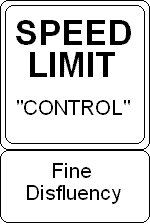 Friday we moved from the ½ second Stretched Syllable to Slow Normal.
Friday we moved from the ½ second Stretched Syllable to Slow Normal. 

